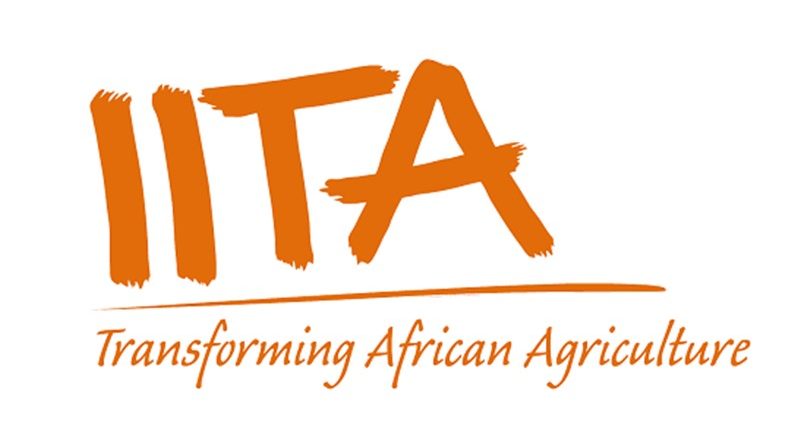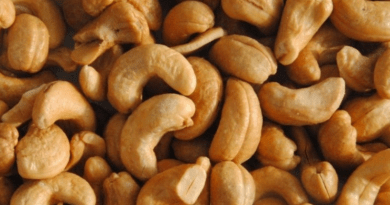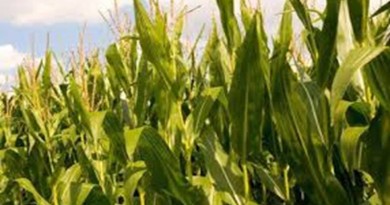IITA researchers achieve 23 tonnes per hectare yield for yam in Nigeria
The Business Incubation Platform (BIP) of IITA has achieved an impressive yield of 23 tonnes per hectare for yam production in Nigeria. This record, which was achieved through a controlled trial, has been set to guide farmers in achieving increased yields from their yam farms.
Yam is the common name for plant species of the genus Dioscorea and an annual root tuber-bearing plant with more than 600 species. Some of these species are water yam (Dioscorea alata), white yam (D. rotundata), yellow yam (D. cayennensis), lesser yam (D. esculenta) and three-leaf yam (D. dumetorum). Nigeria is the largest producer of yam in the world, followed by Ghana, Côte D’Ivoire, Benin, Togo, and Cameroon.
Traditional yam producing areas have been experiencing a decline in yam production due to declining soil fertility, poor yam plantlets, increasing pest pressures, and the high cost of labor. The IITA-BIP decided to work on a controlled trial with the aim of realizing higher yam yield and assist farmers in achieving the same in their farms.
The trial was handled by Paul Ajayi, Agronomist at IITA GoSeed, a unit that is focused on producing early generation seed in Nigeria, and supported by Ryo Matsumoto, IITA Yam Agronomist. The planting was done in April 2019 and harvested 8 months later, in November.
In an interview with Victor Saleh, Communication Executive at the IITA-BIP, Ajayi mentioned that they were able to harvest 23 tonnes per hectare, which is far higher than the average production of 13.1 tonnes per hectare in Nigeria. He went further to say that it is possible for farmers to harvest 18-20 tonnes per hectare on average if good agronomic practices are followed.
During the interview, Matsumoto and Ajayi mentioned that farmers have low yield because they lack correct and adequate information about yam production. Issues of availability and accessibility to quality and improved seed yam as planting material; and lack of adequate knowledge on good agronomic practices involved in yam production have been a barrier to better production for farmers.
The agronomists also highlighted key pre-planting, planting, and post-planting measures that can help farmers achieve this great yield. They include proper land preparation, treatment of planting material, mulching, staking, timely and adequate fertilizer application, proper weed management, and other daily operational routines.
They further advised that yam farmers who intend to have a bumper harvest every season should go for training on yam production to acquire the right knowledge and skills in yam farming, get quality plantlets, and adopt good agronomic practices for maximum yield.
The BIP team is open to collaboration on projects that involve commercial yam production. Quality yam plantlets for seed production can be obtained from IITA-BIP-GoSeed.




